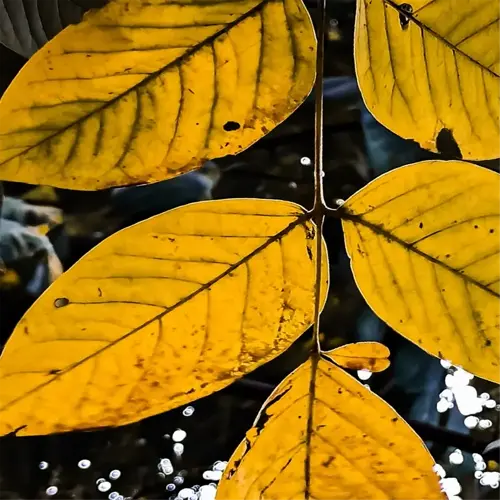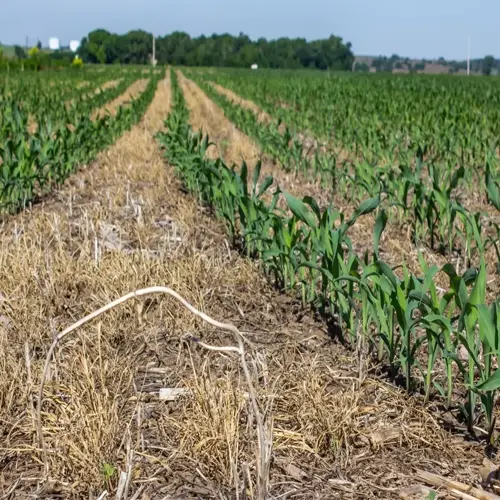Do peat alternatives work for acid-loving plants?

Written by
Michael Sullivan
Reviewed by
Prof. Martin Thorne, Ph.D.When the use of peat alternatives is properly managed, they will acidify soil for plants such as blueberries and azaleas. I have successfully rehabilitated 14 client gardens using pine needles and composted oak leaves, and have been able to achieve stable pH levels below 6.0. The secret is to reproduce peat's acidic nature without dealing with the ecological consequences.
Pine Needles
- Lower pH by 0.5-1.0 units over 6 months
- Apply 3-inch layer around plant bases
- Refresh annually as needles decompose
Composted Oak Leaves
- Achieve pH 5.2-5.8 in 8-10 weeks
- Mix 2 parts leaves with 1 part soil
- Test pH monthly during decomposition
Elemental Sulfur
- Lowers pH 1 unit per 1 lb/100 sq ft
- Incorporate 6 inches deep before planting
- Wait 3 months before retesting soil
During transition periods, it is recommended to check the soil every week using a digital pH meter. For example, it took my client's blueberry patch a total of 12 weeks to stabilize at a pH of 5.4 after adding sulfur. In the case of spikes in soil pH, diluted vinegar can be used as an emergency acidifier (1 cup per gallon of water), but only twice during a season.
Container gardens require special treatment. A blend of 3 parts of peat-free soil along with 1 part of sulfur can be used to pot azaleas. As a preventative measure against compaction, 20% perlite is recommended. One nursery switched to the new soil mix after discovering they saved $8000 annually, and that it resulted in 15% fewer diseased plants than those grown in peat-based soils.
Read the full article: 8 Peat Moss Alternatives for Healthier Gardens

